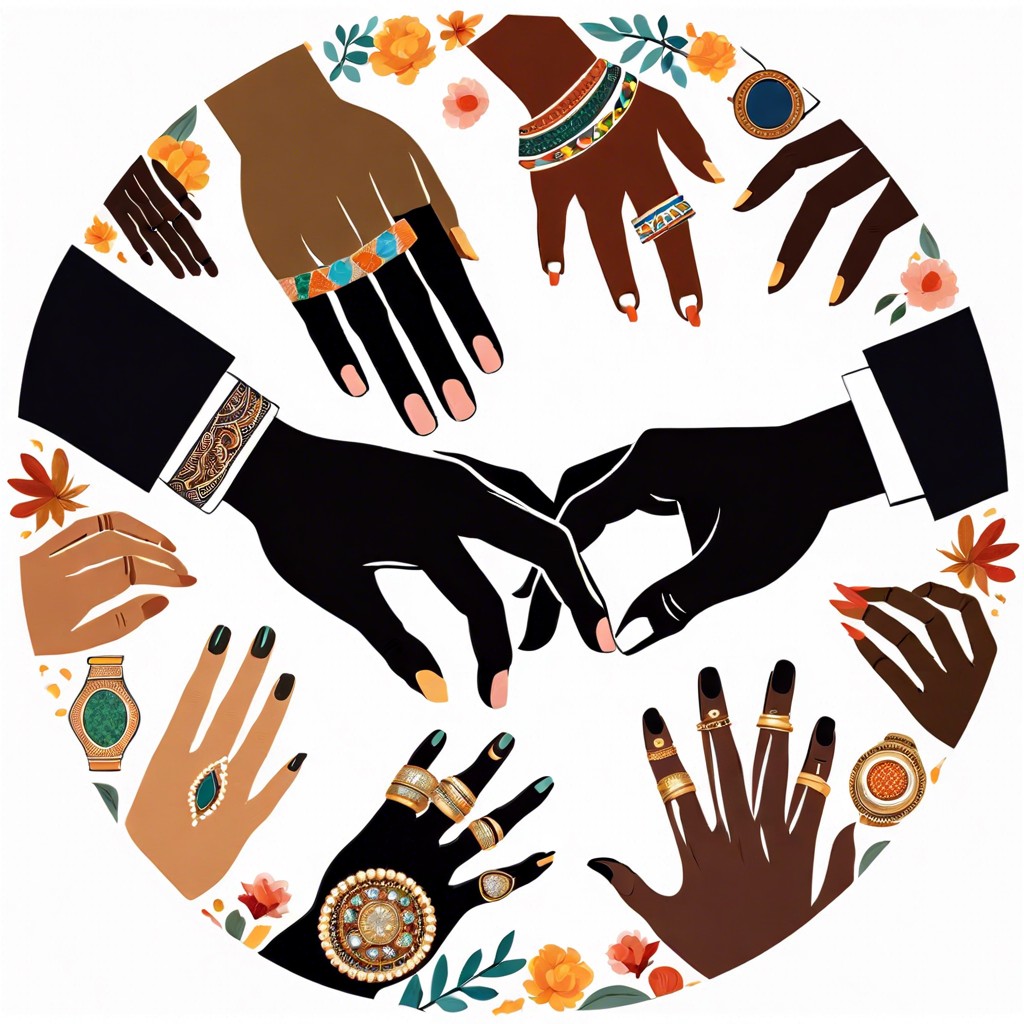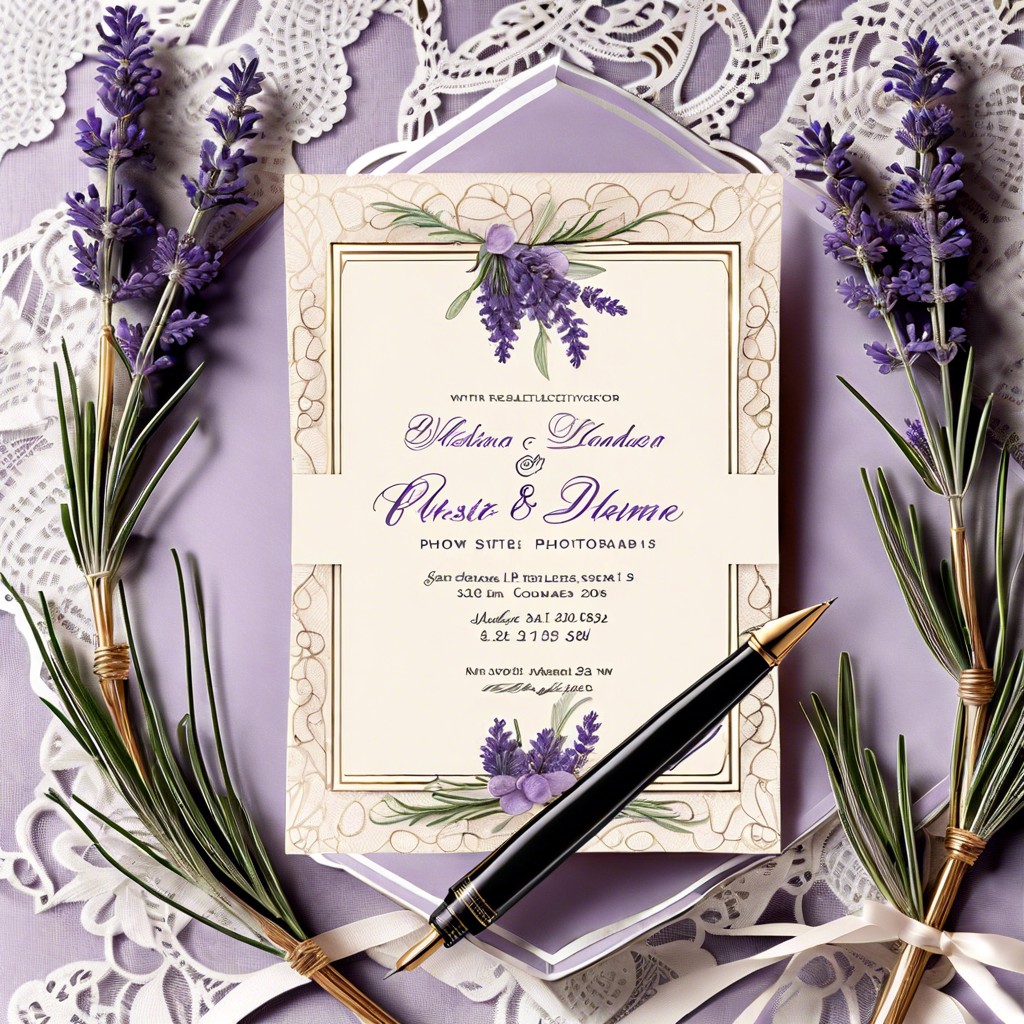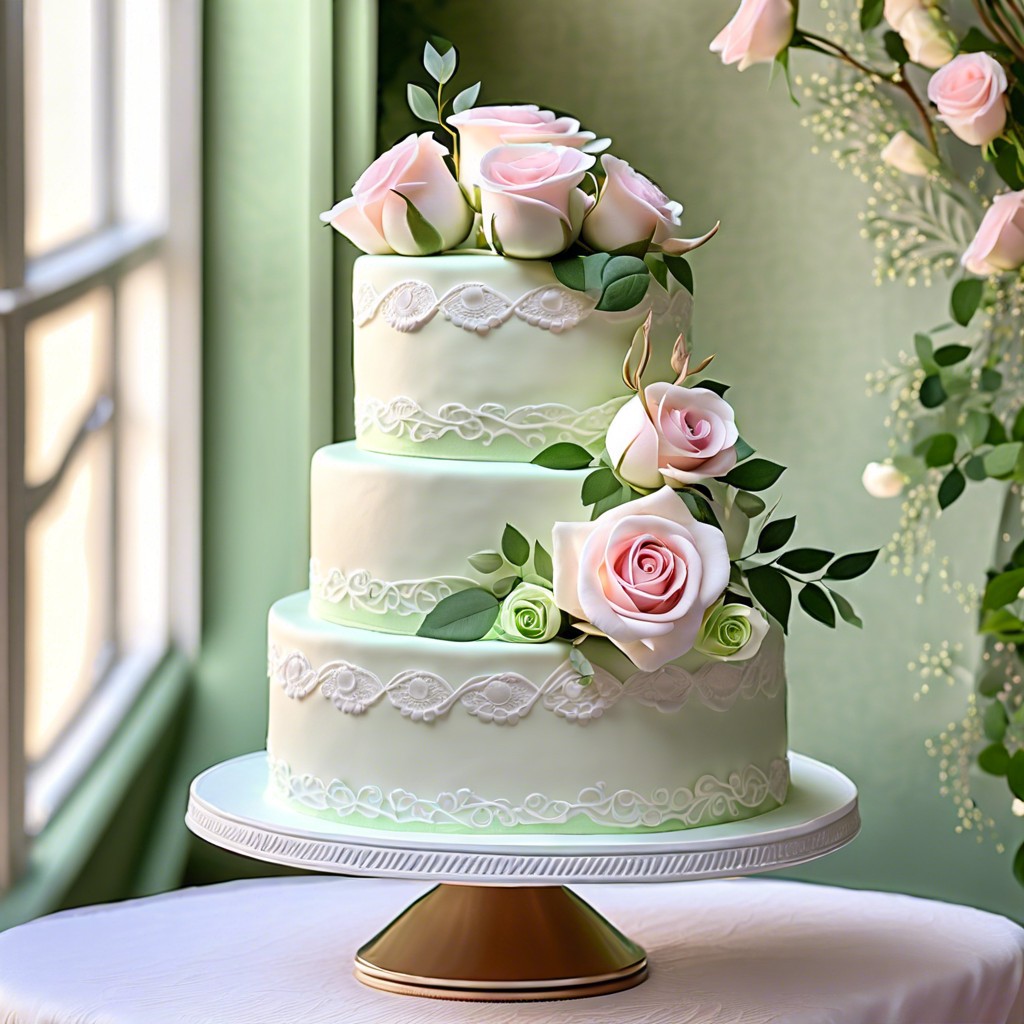Learn how to craft a heartfelt wedding speech that resonates with your audience and honors the couple.
Key takeaways:
- Set aside ample time for planning and preparation
- Introduce yourself and your connection to the couple
- Highlight the couple and share personal stories
- Keep the speech short, sweet, and appropriate
- Practice and deliver with confidence
Planning and Preparation

Starting on the right foot means giving yourself ample time to draft your thoughts. Jot down bullet points about what you want to convey. Is there a theme you wish to stick to? Will you incorporate humor or keep it heartfelt and serious? Knowing your direction will serve as a roadmap.
Consider the memories you’ve shared with the couple. Which ones sparkle enough to share with the audience? Choose anecdotes that resonate with the celebration’s mood. These stories should be appropriate for all ears—remember, grandma is listening too!
Once you’ve gathered your thoughts, start crafting your speech. Begin with a rough draft without worrying about perfection. Let your ideas flow. After the initial draft, refine your words for clarity and impact. Repeat this process until you polish those diamonds in the rough into gleaming gems of speechcraft.
Lastly, don’t forget the ending. Practice hinting at your conclusion so that it doesn’t catch the audience off-guard. A well-prepared toast concludes smoothly, leaving the couple and guests with a warm, lingering afterthought.
Introduce Yourself and Your Connection to the Couple
First impressions count—even in wedding speeches. Kick off with a brief introduction of who you are; think of it as offering a handshake before you start a conversation. Whether you’re the sibling, college roommate, or childhood pal, paint a quick picture of your bond with the newlyweds. This isn’t just a title—it’s a bridge connecting you to the audience.
Remember, brevity is the soul of wit. A sentence or two about your relationship with the couple sets the stage without stealing the show. It’s like saying, “Here’s why I’m up here with the mic.”
Pepper in a touch of humor if it feels right. Cracking a light joke about how you met the bride or groom can break the ice and warm up the crowd. But keep it G-rated; Granny doesn’t need to hear about the college escapades.
Tie your relationship to a shared experience that resonates with the couple. It’s like showing a snapshot from an album that tells a story, reflecting the shared journey that led to this day.
Finish this section with a smooth transition that shifts the focus from your friendship to the love story you’re celebrating. Think of it as a soft pass of the baton in a relay race, setting the pace for the next part of your speech.
Highlight the Couple and Share Personal Stories
Sharing anecdotes breathes life into a wedding speech. Opt for stories that resonate with the audience and showcase the couple’s personalities. Did they overcome an obstacle together? Perhaps there’s a humorous yet endearing tale highlighting their quirks. Emphasize their bond through these narratives, keeping in mind to select moments that flatter rather than embarrass.
Complimenting the pair collectively uplifts the atmosphere. Mention the synergy you’ve observed—how they support and bring out the best in each other. Use vivid, sensory details: the way their eyes light up at the sight of one another can paint a picture that everyone feels connected to.
Balance individual praise to avoid overshadowing; celebrate their strengths without over-focusing on one person. An equal portrayal conveys deep understanding and respect for their partnership.
Remember, brevity is the soul of wit. A couple of well-chosen stories overshadow a marathon of anecdotes. Your goal is to captivate, not to hold the audience hostage with a never-ending narrative.
Keep It Short, Sweet, and Appropriate
Less is often more, especially with wedding speeches. Aim for a five-minute charm offensive – long enough to be heartfelt, brief enough to hold the bubbly-induced attention of Aunt Marge. Stick to a concise narrative that won’t have guests checking their watches.
Anecdotes are the spice of life, but choose wisely—those tales should be relatable, paint the couple in a warm light, and provoke smiles, not cringes. Remember, Great-Aunt Edna doesn’t need to know about that Vegas escapade.
Humor is welcome, but keep it clean and inclusive. Jokes should pass the “grandparent test” – if it would make Grandma blush, it’s best left unsaid. Insult comedy is a no-go; this isn’t a roast but a toast to love and happiness.
Sensitive topics are off-limits; weddings aren’t the venue for airing dirty laundry or settling scores. Maintain a vibe of celebration, not confession.
Your goal: leave them laughing and maybe a little teary, but wholly glad they put down their fork to listen.
Practice and Deliver With Confidence
Getting cold feet isn’t just for the bride and groom; speech-givers can feel the jitters too. Flubbing words or going blank can be a speaker’s nightmare, but hey, even the pros practice! Stand in front of a mirror or gather a small audience of friends to serve as your test crowd. Watch your body language—confidence doesn’t slouch or fidget. It stands tall and owns the space.
Voice modulation can make or break your delivery. Emphasize points with a rise in tone here, a soft whisper there. Keep the audience on their toes; monotony is the sleep potion you don’t want to cast. And remember, it’s okay to pause. A well-placed silence can highlight a point more than a barrage of words.
Jokes are great ice-breakers, but make sure they resonate rather than ricochet. You don’t want an “oops” moment with an ill-received punchline. Keep humor light and relatable.
Now, breathe. Nervousness can tie your diaphragm in knots. Deep breaths will untangle those nerves and steady your voice. Deliver each word with clarity—mumbling is the archenemy of impact.
Last but not least, eye contact. Don’t just scan the room; connect with your audience. Lock eyes with a few friendly faces to anchor your confidence. After all, it’s about sparking a connection, not just reading words off a page. Now, take that stage, and speak from the heart. Your audience awaits!



